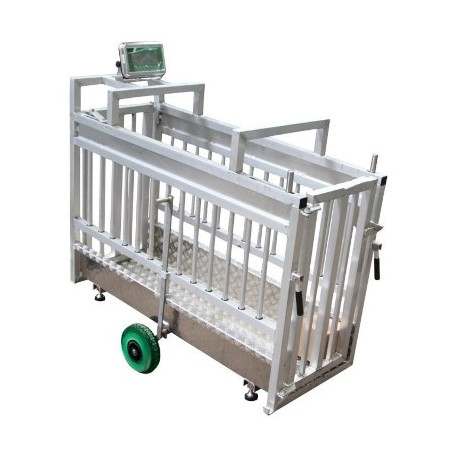The Prevotella-driven enterotype has been shown to produce higher concentrations of short-chain fatty acids (SCFA) and propionate compared to other enterotypes, which may explain why is believed to benefit host health. Besides, studies showed that a high amylose-to-amylopectin ratio (AMR) in diet starch may offer potential benefits to the intestinal microbiota in pigs. The objective of this study was to investigate the influence of baseline enterotypes and dietary starch type on the concentration of SCFA, numbers of butyrate producing bacteria and the expression of genes related to intestinal barrier and inflammatory response in the colon of finishing pigs. For this purpose, a 2-wk pre-trial with 102 crossbred (Duroc x [Landrace x Yorkshire]) finishing barrows (90 d old) was conducted to screen enterotypes. Then, a total of 32 pigs (87.40 ± 2.76 kg) with high (HPBR, ≥ 14) and low (LPBR, ≤ 2) Prevotella-to-Bacteroides ratios (PBR) were selected and randomly divided into 4 groups with 8 replicates per group and 1 pig per replicate. The trial was designed following a 2 (PBR) x 2 (AMR) factorial arrangement. Pigs with different PBR were fed diets based on corn-soybean meal with high AMR (HAMR, 1.24) or low AMR (LAMR, 0.23), respectively.
Results showed that neither PBR nor AMR influenced the growth performance of pigs. HPBR pigs fed HAMR diet had a higher number of colonic Clostridium cluster XIVa and higher gene expression of butyrate kinase compared to the LPBR pigs. The HPBR pigs fed HAMR diets also had increased colonic concentrations of total SCFA and propionate compared to the LPBR pigs. Comparing with other pigs, HPBR pigs fed HAMR diets showed a lower expression of histone deacetylases (HDAC) gene and higher expression of G protein-coupled receptor 43 gene (GPR 43) in the colonic mucosa. The interaction of HPBR and HAMR was also found to decrease the gene expression of interleukin (IL)-6, IL-12, IL-1b and tumor necrosis factor-a (TNF-a) in colonic mucosa.

In conclusion, these findings show that HAMR diet increased the abundance and activity of butyrate-producing bacteria and the concentration and absorption of SCFA, which may be associated with the decreased gene expression of inflammatory cytokines in the colonic mucosa of pigs with Prevotella-rich enterotype.
Ren W, Yan H, Yu B, Walsh MC, Yu J, Zheng P, Huang Z., Luo J, Mao X, He J, Yan H, Chen D, Luo Y. Prevotella-rich enterotype may benefit gut health in finishing pigs fed diet with a high amylose-to-amylopectin ratio. Animal Nutrition. 2021; 7(2): 400-411. https://doi.org/10.1016/j.aninu.2020.08.007




